This article is produced and financed by NTNU Norwegian University of Science and Technology - read more
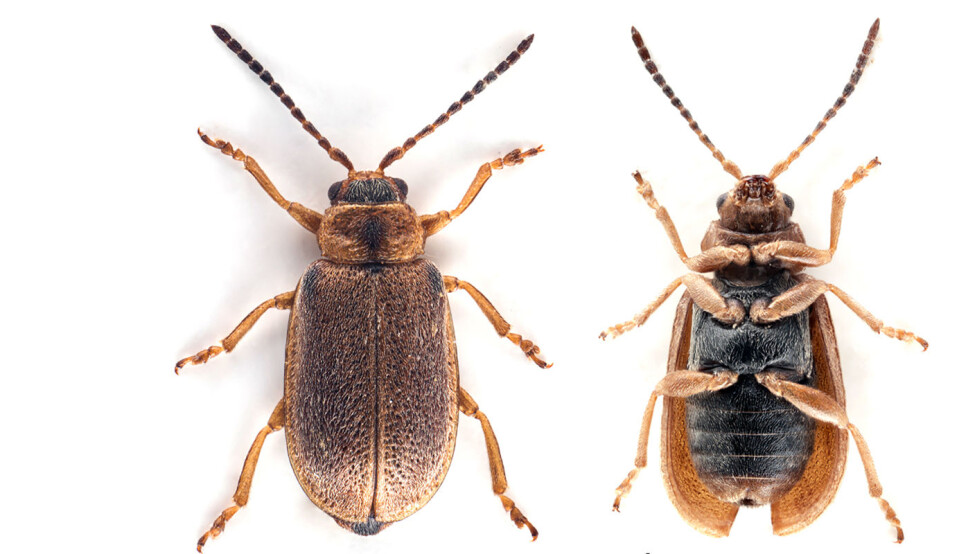
Mystery of the blunt-tipped beetle penis
It took seven years, countless beetle penis field investigations, and hours upon hours on hands and knees in coastal wetlands. This is the story of all the research that has to happen before a new species can finally get its official name.
It was the shape of the penis that first set insect scientist Frode Ødegaard on his multi-year odyssey.
The year was 2013, and he and colleague Oddvar Hanssen were poring over a massive amount of insect material that had been collected on coastal wetlands in southern Norway. Their task was to identify the species and count and record them to find out how important coastal beaches are for endangered insect species.
It was when he saw the penis of a specimen of the leaf beetle Galerucella tenella in profile that he began to wonder.
Before you ask: Yes, studying insect penises is something bug researchers do.
Many insect species look practically identical on the outside, but have genitalia that are completely different. The purpose for that is to provide reproductive isolation – in short, to prevent related species from mating.
“Sometimes I use the technique of preparing insect genitals to accurately determine a species right away. The shape of the beetle genitalia functions almost like a key for identifying insects,” says Ødegaard. He is an associate professor at NTNU’s Department of Natural History.
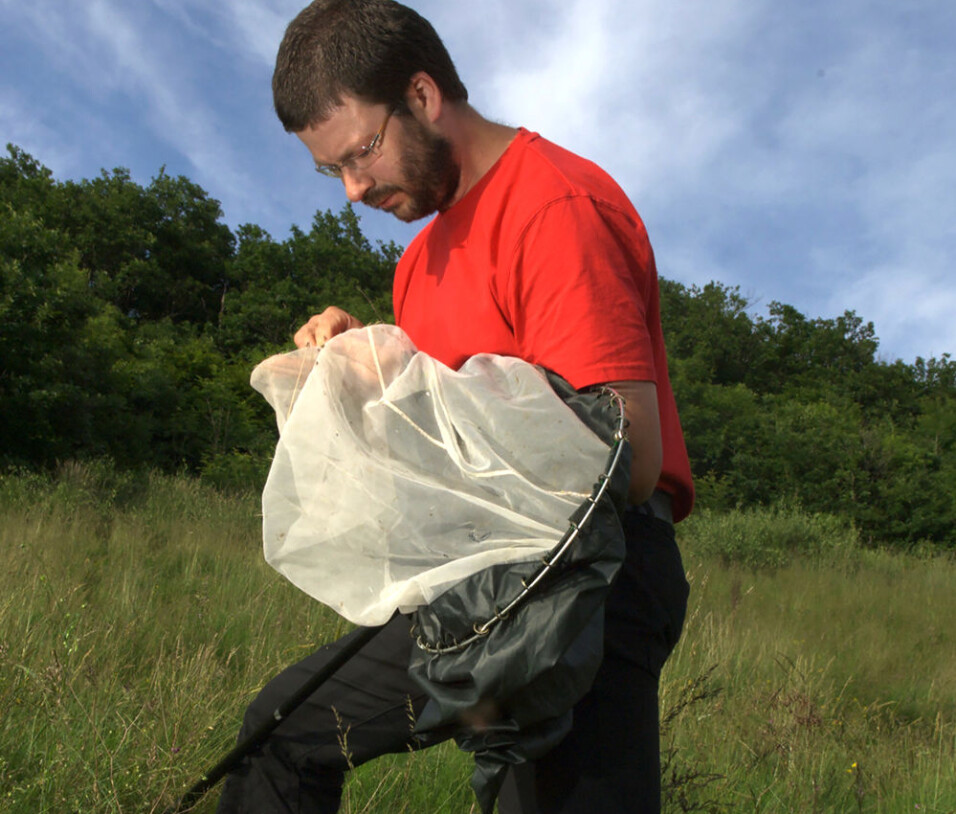
Unknown American?
In this case, however, the shape did not agree with the key. Galerucella tenella has a penis that is thin and pointed as seen from the side. On the other hand, the beetle penis Ødegaard had before him had a thick and blunt profile. That got him pondering.
Could this specimen be a variant of the common species? Could it be a foreign species that had spread north or been introduced by humans? Or could it simply be a whole new and as yet undescribed species?
Ødegaard quickly became sure that this was not just a variant. As he studied the insects more closely, he found further subtle differences. The colour of the antennae was different, their wing cases had denser hair, and the depth of the indentation in the rearmost abdominal segment was different.
“The next stage involved trying to find out which species this unknown shape actually belonged to,” the researcher said.
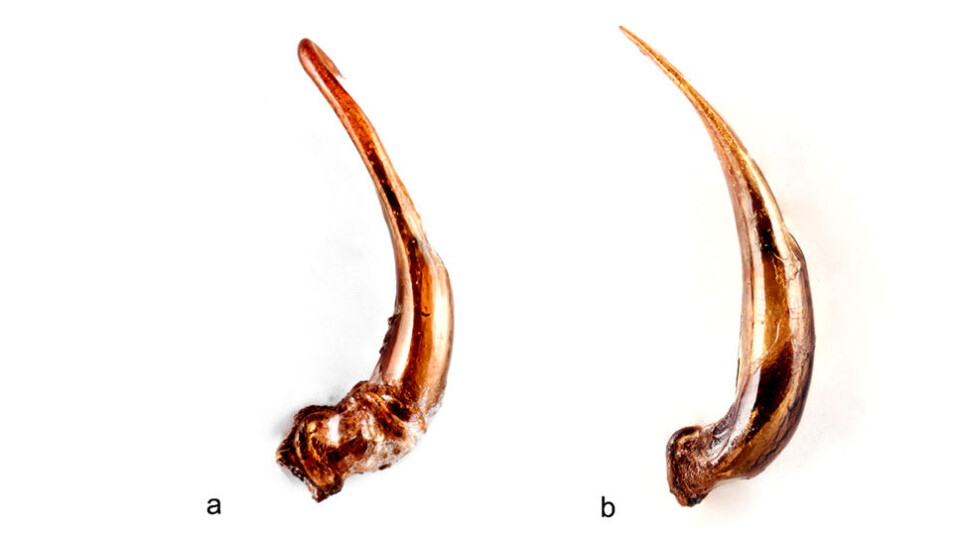
“My first suspicion was that it could be an American species, so I contacted Canadian and American leaf beetle researchers, but they quickly ruled out that this was a species from their home area," he said.
A big deal
Ødegaard then examined the Russian and Chinese leaf beetle literature, but neither provided an answer to the true identity of Beetle X. Farther south in Europe and in tropical regions there were no other known species in this subgenus. Suddenly, the improbable became probable: everything indicated that this beetle was a whole new species – which is far from an ordinary occurrence for a Norwegian insect scientist.
“It was a big deal. It’s really rare to find completely new beetle species in Norway. Usually you find species that are known from other places, and that are only new to Norway,” he says.
Ødegaard had now come a step further in solving the mystery of the blunt-tipped beetle penis, and the investigation entered a new phase.
Searching for Beetle X among hundreds of thousands
Describing a new beetle for science is no glamorous job. You need to find out where and how this new species lives, which isn’t that easy when dealing with small crawly bugs.
The researcher returned to southern Norway in 2014, but the results were disappointing. He didn’t find a single specimen of Beetle X, although he combed the meadowsweet wetlands where Galerucella tenella thrives, and netted thousands of beetles.
“It felt like looking for a needle in a haystack, trying to find deviant shapes among the hundreds of thousands of beetles that need to be distinguished from each other under the microscope,” he said.
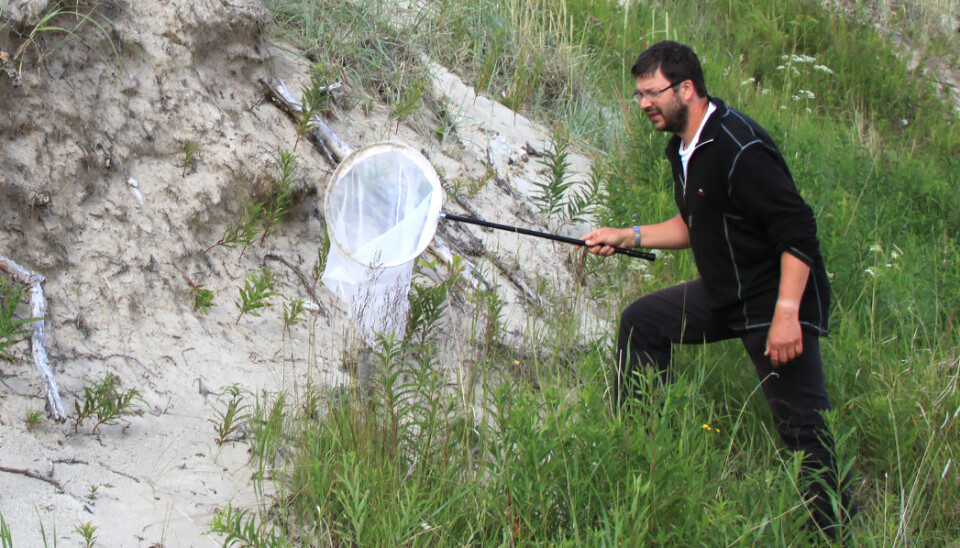
But Ødegaard didn’t let himself become discouraged. The following year he travelled back to southern Norway, and this time he made a breakthrough. He found two specimens of Beetle X on the short part of the coastal wetland and realized that it lived on a low-growing plant. However, it wasn't until the next summer that he found out which one.
“This time it was really clear that these critters were jumping into the net when I’d bring it down over the silverweed (Potentilla anserina) plants. And I was able to quickly confirm it when I first found feeding marks and then adult beetles on the plants," he said.
Almost like living in Linnaeus' time
Now Ødegaard had found the host plant, an important part of describing a new species. However, it bothered him that he had only found the two species in separate locations. Would the two species – Beetle X and Galerucella tenella – stick to their host plant if they were free to choose?
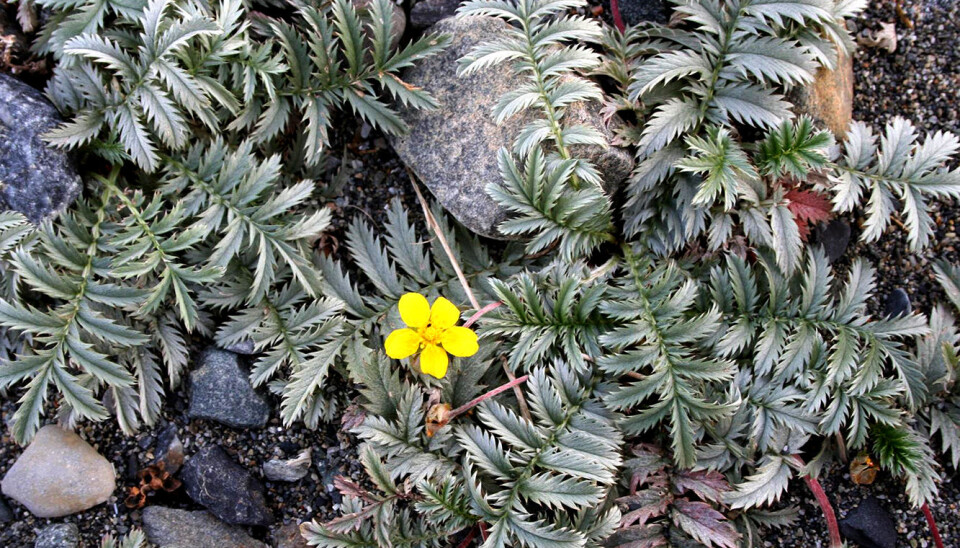
More field studies were needed. In 2017, Ødegaard went to Fredrikstad and spent an entire day kneeling with his nose to the ground and picking leaf beetles off their plants. He sorted the beetles into containers according to which plant he found them on.
“Once I was home I could check the identity of the beetles, and I found that all the specimens were true to their host plants. Then the species description could finally begin,” Ødegaard said.
That took some time, too. The research world is characterized by an endless rush of projects and deadlines, and it isn’t easy to find time for a writing project without a deadline. In March this year, the species description was finally published in the international journal Zootaxa. With that, Beetle X was incorporated into the world's biodiversity register under the name Silverweed leaf beetle Galerucella anserina.
After almost seven years of work, there is no doubt that success tasted sweet for researcher Frode Ødegaard.
“Discovering and describing a new species for science feels like real pioneering work. Almost like living in Linnaeus' time and getting a taste of the great discoveries that were made over 200 years ago,” he said.


































